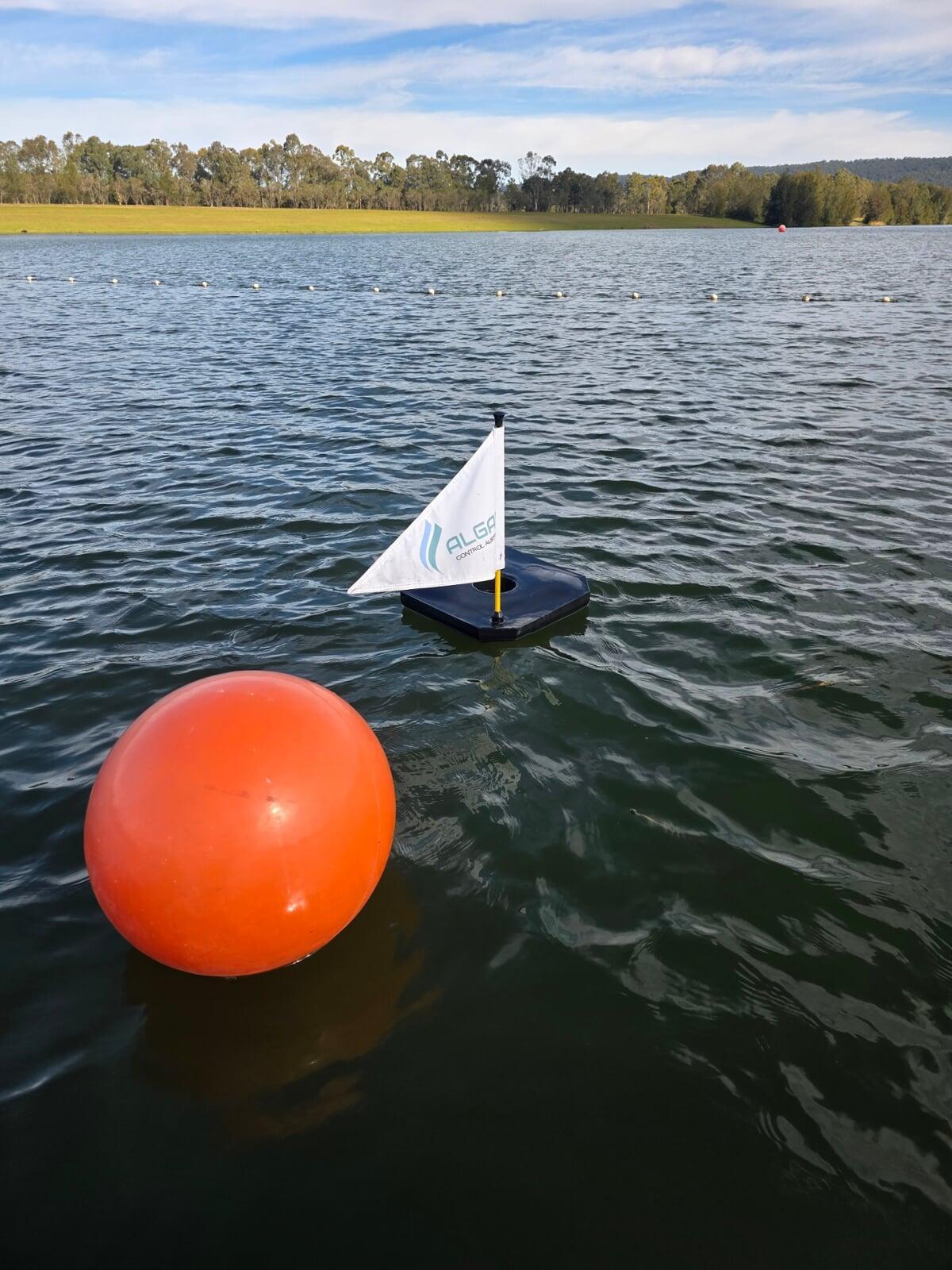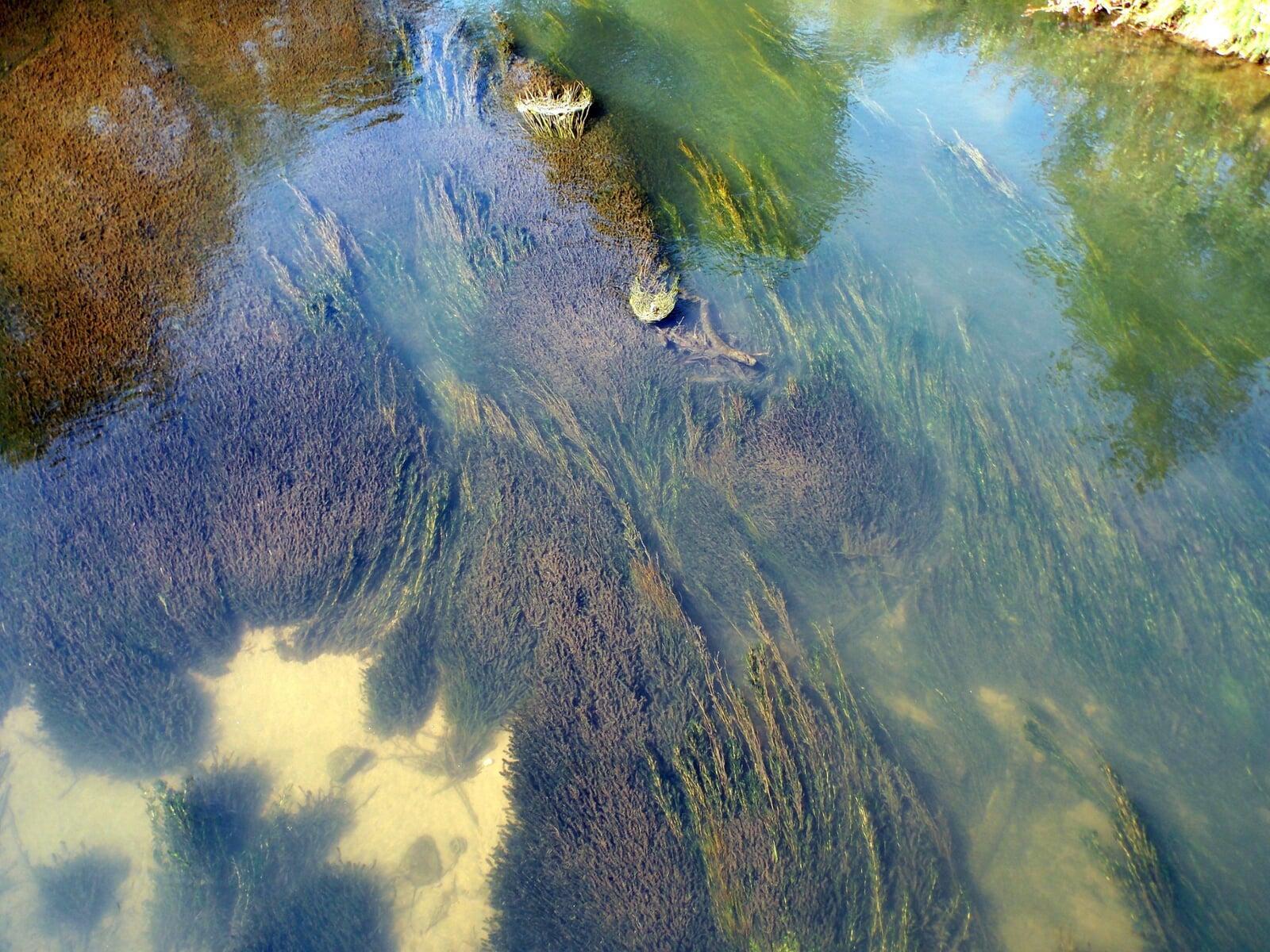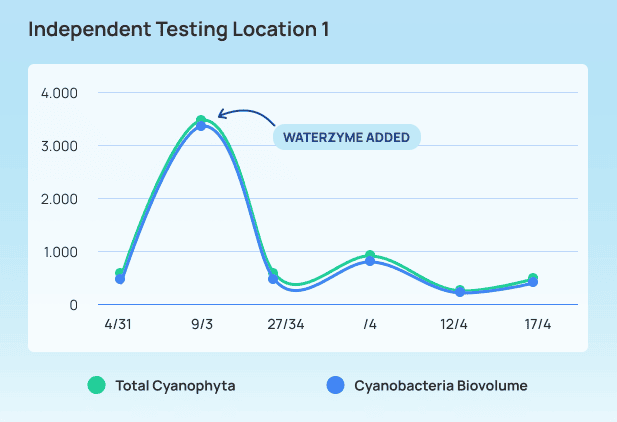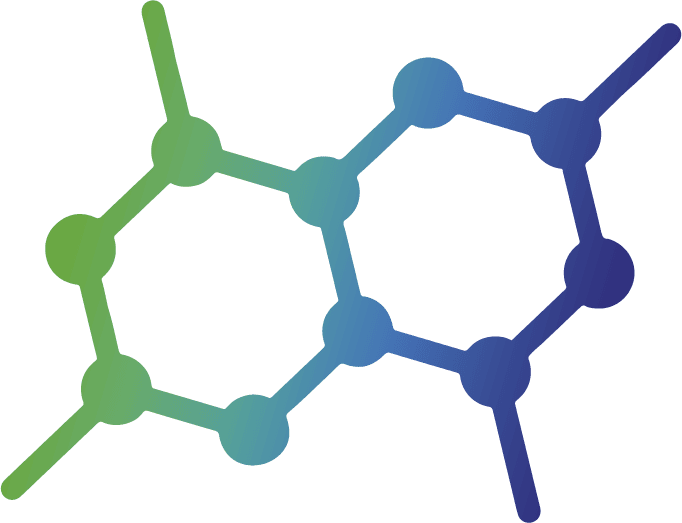
The Science of Ecosystem Restoration a passive technology restoring the NATURAL BALANCE
PBE activates a natural 1000X in Bacillus.
Once the cycle of cyanobacteria has been broken the whole aquatic ecosystem is able to regenerate. Nutrient loads to lakes and rivers can be greatly reduced by combining the use of he PBE with the implementation of best management practices and potentially combining with Pulsar Ultrasonic Systems to assist with treating continuous inflows containing over abundant algae. This will result in the aquatic ecosystem of any lake and river to be restored.PBE doesn’t provide any microbes or bacteria in the water; it is just a home for natural bacteria to live and multiply in and contains multiple organic forms of carbon as bacterial food. Curtin University has shown that PBE holds 832% more bacteria than normal mediums.


WATERZYME
Tackle toxic algae and restore aquatic life
What is waterzyme?
It is a non toxic formulation derived from soil and is a safe, sustainable and cost effective alternative to traditional chemicals leaving none of the negative footprint that many chemical do.
Waterzyme is backed by extensive research and ensures a safe and thriving environment for all.
Waterzyme was developed and is produced in Australia.
Some of the advantages:
- Fast Acting
- Versatile
- Proven - to effectively remove blue green algae from water bodies while revitalising aquatic life.
- Cost Effective
- Reduces Algicide costs
CASE STUDY
Waterzyme is selective on Cyanobacteria (BGA) and has proven very effective for the treatment of this unwanted species with the results of just one case study below.

The secondary objective was to monitor water quality and aquatic species parameters in the pond and receiving environment to determine the effect of this application.



